Nigella Persian Jewels
$4.95
Nigella Damascena
- Seed Count 500
- Hardy Self Sower
- Height 45 cm
- Annual
In stock
Description
Nigella Persian Jewels bears delicate, old-fashioned flowers of red, rose pink, blue, deep violet-blue and white which open a pale colour but mature to their intense, pure shades, each backed by a wispy, bright green ruff.
Viewing the flowers from afar these flowers look as though they are floating in a mist.
One of the most interesting shaped flowers you will ever see, both for its blooms and attractive fennel-like foliage.
These flowers are well suited for traditional cottage garden settings or plant in a meadow where the soil is a little on the dry side and not too rich.
It is a charming, hardy, self-sowing annual, flowering the same year, that’s very much at home in any garden.
It is also a very popular cut flower and can be dried for winter decoration.
Nigella seeds are traditionally used as a spice in Indian, Middle Eastern and North African cuisines, where their aromatic flavour and crunch make them particularly useful in bread and pastries.
They are also used in curries, soups and stews.
| Method: Sow direct or seedlings | Soil Temp: 10°C - 25°C |
| Cool Mountain: Nov - Dec | Germination: 7 - 14 Days |
| Arid: Aug - Jan | Position: Part sun |
| Temperate: Sep-Nov, Mar-Jun | Row Spacing: 30 cm |
| Sub Tropical: May - Oct | Planting Depth: 3 mm |
| Tropical: Jun - Aug | Harvest: 100 Days |
Climate and Growing Conditions
Temperature:
- Nigella prefers mild temperatures (15–25°C). It thrives in spring and autumn in warmer regions and can be grown in winter in cooler areas.
- Frost Tolerance:
Nigella is frost tolerant, making it ideal for temperate and cooler zones.
Heat Tolerance:
- In hotter regions, plant Nigella in partial shade to protect it from intense summer heat.
Soil Requirements
- Nigella is not fussy about soil but prefers well draining soil with moderate fertility.
Soil Type:
- Sandy loam or loamy soil is ideal.
pH:
- Slightly acidic to neutral (pH 6.0–7.0).
Drainage:
- Ensure the soil is well draining to prevent waterlogging, which can cause root rot.
Planting Nigella
How to Plant
Direct Sowing:
- Nigella prefers to be sown directly into the garden, as it does not transplant well due to its taproot.
Seed Spacing:
- Scatter seeds thinly and cover lightly with soil (about 3 mm deep).
- Space plants 30 cm apart.
Germination:
- Seeds typically germinate in 10–14 days at temperatures of 15–20°C.
Watering
- Nigella prefers moderate watering.
- Keep the soil moist but not waterlogged.
- Water deeply once a week, or more frequently during dry spells.
- Avoid overhead watering to prevent fungal diseases.
Sunlight
- Nigella thrives in full sun but can tolerate partial shade, especially in hotter regions.
- Aim for at least 4–6 hours of sunlight daily.
Fertilising
- Nigella does not require heavy feeding.
- Too much fertiliser can lead to excessive foliage growth at the expense of flowers.
- If needed, apply a balanced, slow release fertiliser at planting time or use a light application of compost.
Maintenance
Thinning:
- Thin seedlings to 30 cm apart to allow proper air circulation and prevent overcrowding.
Deadheading:
- Remove spent flowers to encourage continuous blooming.
- However, if you want to enjoy the ornamental seed pods, leave some flowers to mature.
Pests and Diseases:
- Nigella is relatively pest resistant.
- Watch out for aphids and treat them with insecticidal soap if necessary.
- Ensure good air circulation to prevent powdery mildew.
Harvesting and Seed Saving
Flowers:
- Nigella flowers are excellent for cutting and last well in vases.
Seed Pods:
- The seed pods are highly ornamental and can be dried for use in floral arrangements.
Seeds:
- To save seeds, allow the pods to dry on the plant.
- Once brown, harvest the pods and extract the seeds.
- Store seeds in a cool, dry place for next season.
Companion Planting
Nigella pairs well with other cottage garden plants such as:
Roses:
- Adds a soft, romantic touch.
Poppies:
- Complements Nigella’s delicate foliage.
Lavender:
- Creates a beautiful contrast in texture and colour.
Sweet Peas:
- Enhances the cottage garden aesthetic.
Common Problems and Solutions
Leggy Growth:
- Caused by insufficient light. Ensure plants receive adequate sunlight.
Poor Flowering:
- Overfertilization or overcrowding can reduce blooms. Thin plants and avoid excessive feeding.
Powdery Mildew:
- Improve air circulation and avoid overhead watering.
Postage Charge
Orders under $30 attract a $4.95 shipping charge. Orders $30 and above have free shipping.
Order Times
Seed orders are normally dispatched within three business days. You will receive an email when seeds are mailed out.
Postage Days
Seeds are mailed out Monday to Friday at 1pm. Except for the Friday of long weekends.
Postage Times
WA 2-3 Days: SA,NT 3-5 Days: NSW, ACT, QLD, VIC: 5-7 Days
Carrier
We use Australia Post Letter Postage for the majority of orders
Not only are our seeds packed in recycled paper envelopes, we keep the theme going when we post out website orders. To protect your seeds from moisture and the letter box munchers (snails), we use a very special plastic free material made from plants. They are then put into recycled mailing envelopes. Green all the way 💚🌿
🌿 Growing Dill from Seed
Dill is one of those herbs that quietly wins hearts—its delicate fronds, bright aniseed flavour, and versatility in the kitchen make it a rewarding crop for any garden. Whether you’re growing it for pickles, salads, or to attract beneficial insects, starting dill from seed is a breeze once you know its preferences.
Let’s walk through it all—from sowing to seed saving—so you can grow a healthy, bountiful crop of dill in your Australian garden.
🌱 Sowing Dill: In Trays vs. Direct in the Garden
Dill has a taproot, which makes it a little fussy about being transplanted. So while you can sow it in trays, direct sowing is usually best if you want happy, productive plants.
🌼 Direct Sowing (Preferred)
- When: Early spring through early autumn in most climates. In warmer northern areas, it can be grown year-round.
- How: Sow seeds directly 3mm deep, spaced about 15-20cm apart. Thin seedlings to allow airflow and avoid crowding.
- Tips: Keep the soil moist during germination (7–21 days). Sow successively every 3–4 weeks for a steady supply.
🌱 Sowing in Trays (If Needed)
- Why: If you’re growing in containers or need a head start.
- How: Use deep seedling trays or biodegradable pots. Transplant gently when seedlings are small (under 5cm tall) to reduce root disturbance.
🌟 Gardener’s Tip: If you must transplant, water well before and after moving, and avoid disturbing the root ball too much.
🌞 Soil and Position
Dill isn’t too fussy, but it does best when its few basic needs are met.
🌿 Soil
- Type: Loose, well-drained soil rich in organic matter.
- pH: Slightly acidic to neutral (6.0–7.0).
- Prep: Mix compost or well-rotted manure through the topsoil before sowing.
☀️ Position
- Sunlight: Full sun (at least 6 hours/day).
- Wind: Dill can grow tall and wispy—plant it in a sheltered spot or near a support structure.
- Containers: Grows well in large pots if watered regularly and given enough sun.
🌟 Gardener’s Tip: Dill’s fine roots don’t like soggy feet, so avoid heavy clay or boggy areas.
🧑🌾 Care and Maintenance
Dill is generally low-maintenance once it’s settled in, but a little care goes a long way.
💧 Watering
- Water regularly during dry periods, especially in containers.
- Avoid overwatering—dill prefers a light hand.
🌿 Feeding
- Light feeders—just add compost at planting.
- If you’re harvesting heavily, a light liquid feed mid-season can help.
✂️ Pinching and Pruning
- Pinch back the main stems early to encourage bushier growth.
- Let some plants flower if you’re after seeds or want to feed beneficial insects.
🌟 Gardener’s Tip: Deadhead flowers if you want more leaf growth and less self-seeding.
🌻 Companion Planting Guide
Dill is a team player in the garden, with strong benefits for pest management and pollinator attraction.
🌼 Good Companions
- Brassicas (like cabbage, kale, and broccoli): Dill repels cabbage moths and aphids.
- Cucumbers: Naturally complementary in the garden and kitchen.
- Lettuce: The light dill canopy can offer dappled shade as it grows.
- Onions and garlic: A great team for pest control.
🌿 Plants to Avoid
- Carrots: Competes with them as they’re in the same family.
- Tomatoes: Young dill can help repel pests, but mature dill may inhibit tomato growth—remove before flowering.
🌟 Gardener’s Tip: Let a few dill plants flower near your veggie patch—they attract lacewings, ladybirds, and hoverflies, all hungry for aphids!
✂️ Harvesting Dill
Harvesting dill is one of the best parts—it grows quickly, and the more you cut, the more it gives.
🍃 For Leaves
- Begin harvesting leaves once plants are 20cm tall.
- Snip off outer fronds with clean scissors, ideally in the morning for best flavour.
- Use fresh or dry for storage (hang small bunches upside down in a well-ventilated area).
🌼 For Flowers
- Harvest the flower umbels just before full bloom for floral arrangements or culinary use (especially pickling).
🌾 For Seeds
- Wait until the seed heads turn brown and begin to dry on the plant.
- Snip off entire heads into a paper bag and let them dry fully indoors.
🌟 Gardener’s Tip: Dill leaves and seeds have slightly different flavours—leaves are grassy and fresh, while seeds are warm and slightly bitter.
🐛 Common Issues and Fixes
Dill is generally pest-resistant, but here are a few hiccups you might come across:
| Problem | Symptoms | Fix |
|---|---|---|
| Aphids | Clusters on stems and buds | Blast off with water, encourage beneficial insects |
| Powdery mildew | White, dusty coating on leaves | Space out plants for airflow, avoid overhead watering |
| Bolting too early | Premature flowering in hot weather | Sow in cooler months or partial shade in summer |
| Leggy growth | Plants stretch and flop over | Ensure full sun, pinch early to promote bushiness |
🌟 Gardener’s Tip: Don’t worry too much if some plants bolt—just let them flower and go to seed. Pollinators will thank you!
🌾 Seed Saving Guide
Saving dill seed is simple and rewarding—and once you do it once, you’ll probably never need to buy seeds again.
✨ When to Collect
- Wait for the seed heads to dry on the plant—brown and papery, but not brittle.
- Seeds should be fully formed and easy to shake off when rubbed.
✂️ How to Collect
- Cut entire seed heads and place them in a paper bag or bowl.
- Leave in a dry, airy spot to cure for 1–2 weeks.
- Shake or rub to release seeds, then winnow (blow away) the chaff.
🏺 Storage
- Store in a cool, dry place in an airtight container or paper envelope.
- Label with date—dill seeds are viable for 3–5 years if kept well.
🌟 Gardener’s Tip: Choose the best, most vigorous plants to save seed from, and you’ll gradually develop a dill that thrives in your own garden’s microclimate.
🌼 Final Thoughts
Dill is the kind of herb that quietly fills many roles in a garden—it’s flavourful, fragrant, beautiful, and beneficial. Whether you’re dotting it among veg for pest control, tucking it into pots on the balcony, or letting it tower with its lacy blooms in a cottage-style border, it’s one of those plants that gives more than it takes.
Start with just a patch this season—you might find yourself saving seed and growing it year after year. And if it self-seeds and pops up in random places? That’s okay—it’s all part of the learning, and dill doesn’t mind a bit of spontaneity in your garden.

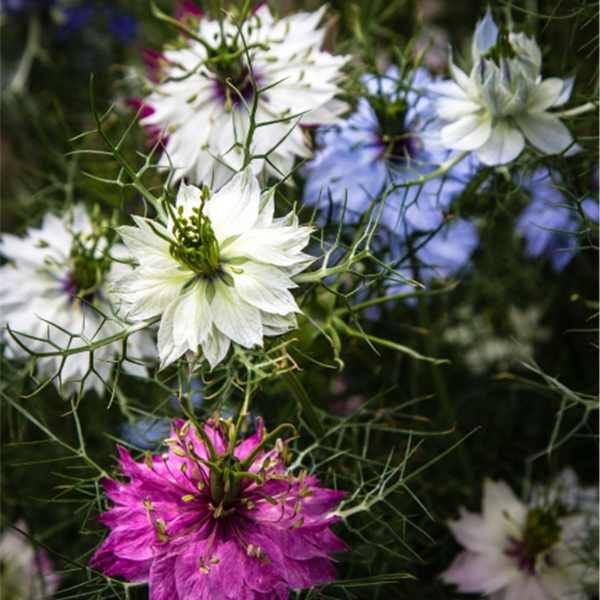



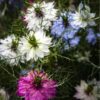
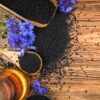

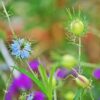
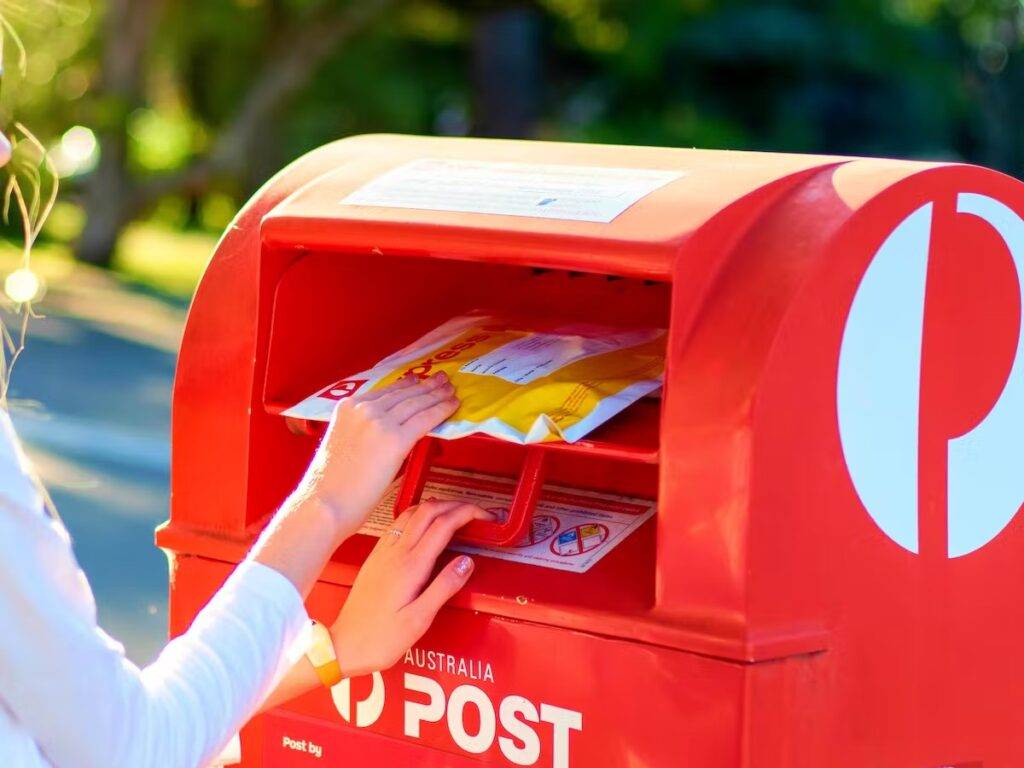
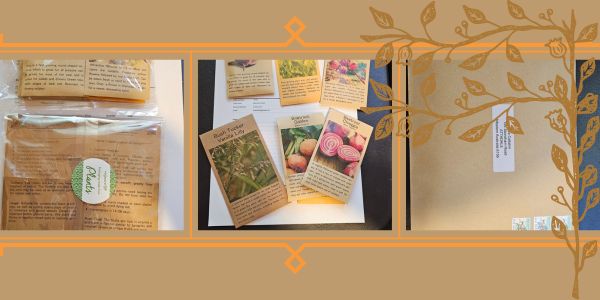
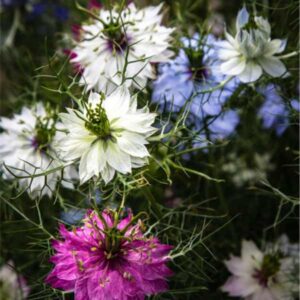
2 reviews for Nigella Persian Jewels